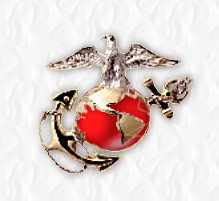
|
IN
REMEMBRANCE |
Re: Obit: Knecht,
Herbert E. (1920 - 1943)
Contact: Bobby Jean Simkins
Email: ax2usn@yahoo.com
SGT Knecht was aboard a PB4Y-1, BuNo 31958, that crashed shortly after takeoff from Espiritu Santo Island, New Hebrides (now Vanuatu) on 7 February 1943. They were on a photo recon mission to document activity on Truk Island.
The plane went down in 95 fathoms of water and no trace of the crew was found. My uncle was also aboard the plane. A complete listing of the crew can be found at the link posted here http://www.geocities.com/ax2usn/LesterSimkins.html
Do you have any resources for photos of SGT Knecht? I am trying to develop memorial sites for all of the men lost that day. This is the first time I've seen a crewmember's name on the internet other than the memorial site!
Thank you so much for posting this information. I have searched a very long time for a bio for SGT Knecht!
Warm Regards,
Bobby Jean

|
IN
REMEMBRANCE |
|
© Every submission is protected by the Digital Millennium Copyright Act of 1998.
Show your appreciation of this freely provided information by not copying it to any other site without our permission.
Become a Clark County History Buff
|
|
A site created and
maintained by the Clark County History Buffs
Webmasters: Leon Konieczny, Tanya Paschke, Janet & Stan Schwarze, James W. Sternitzky,
|